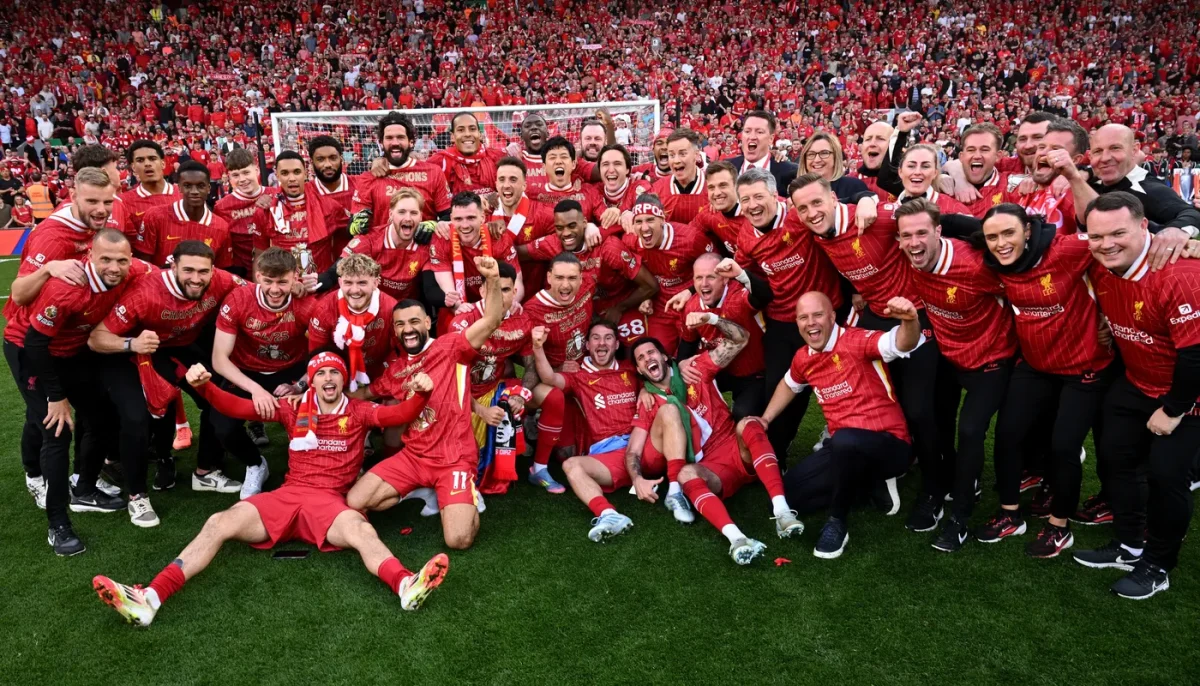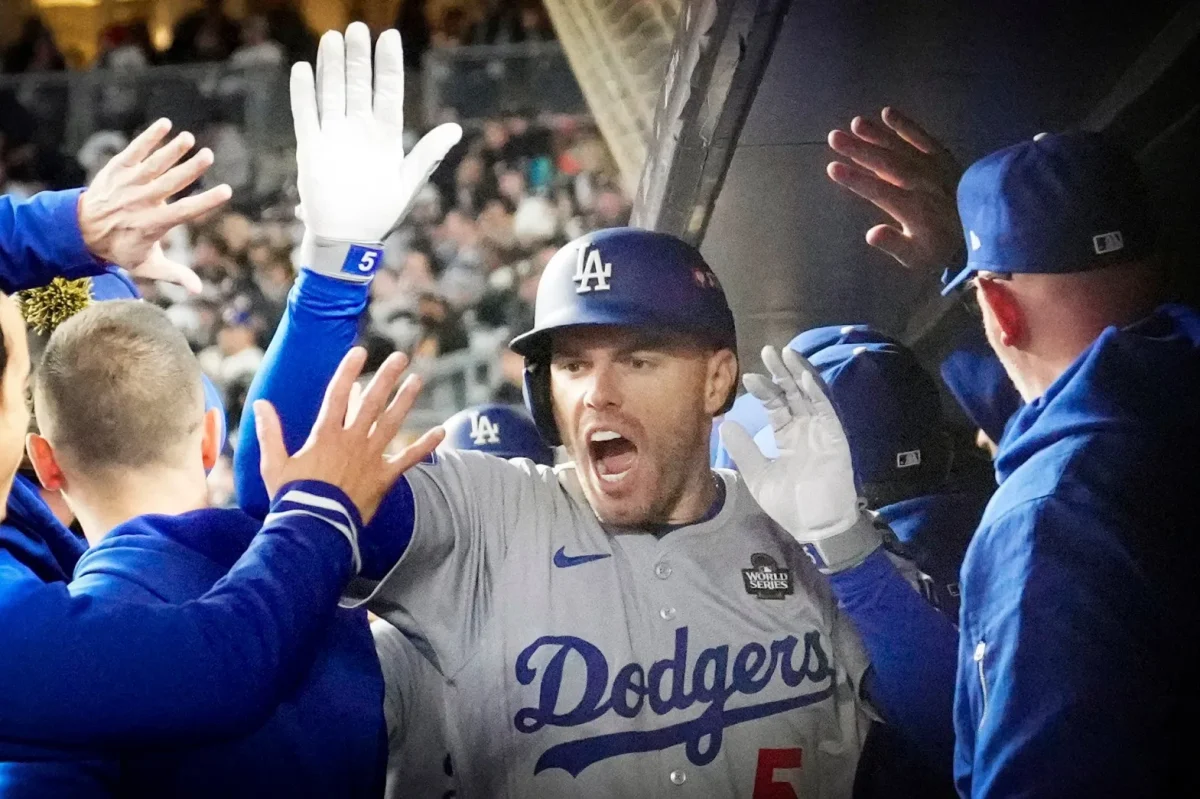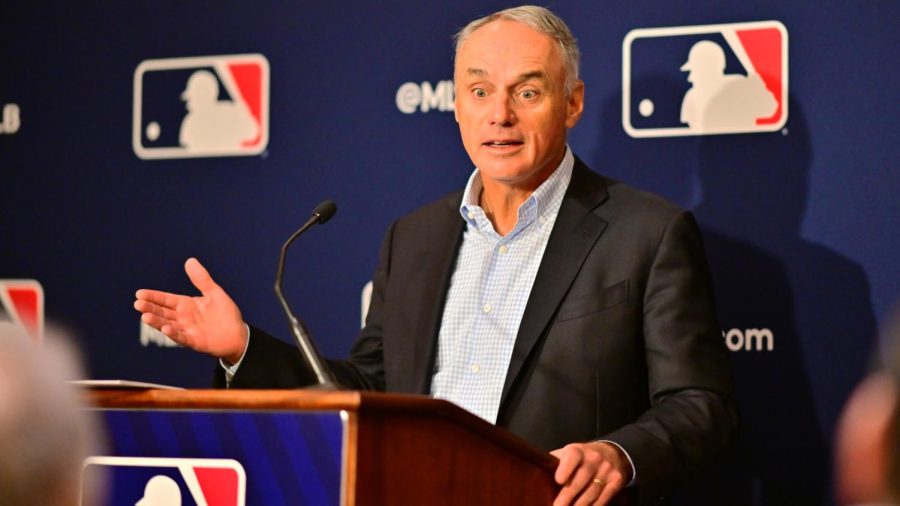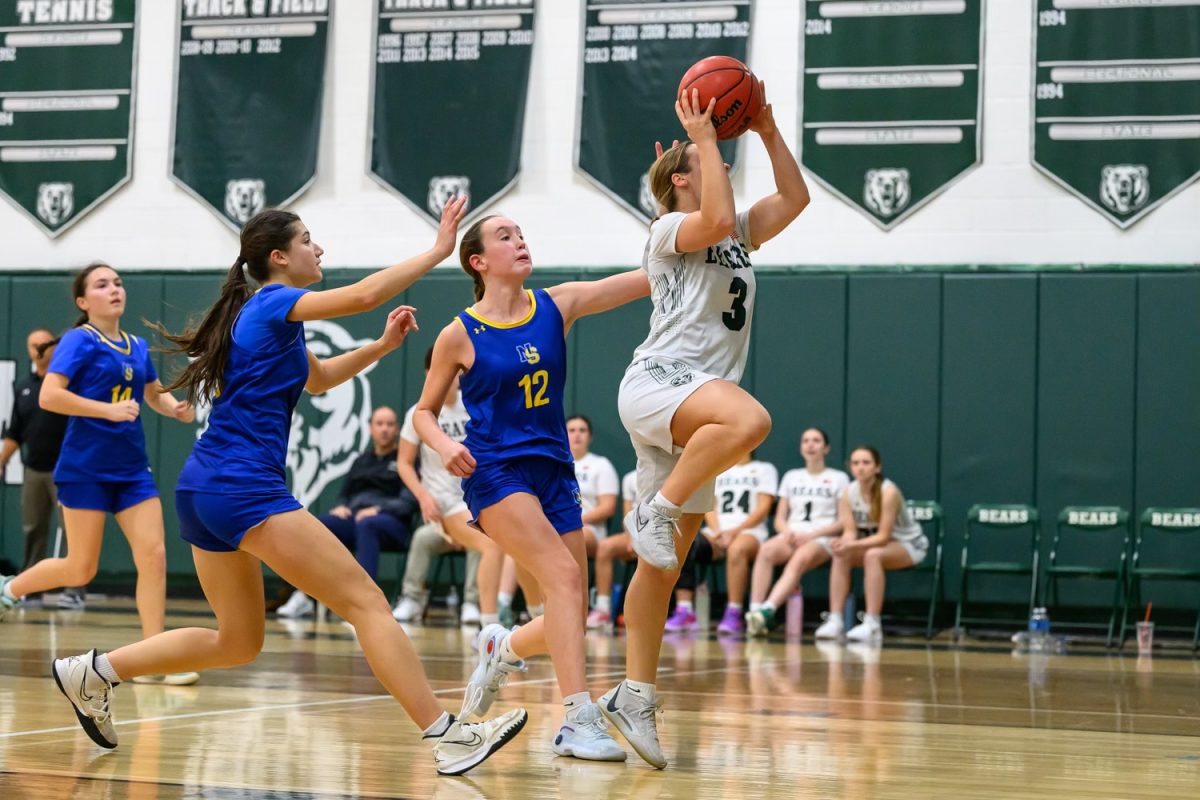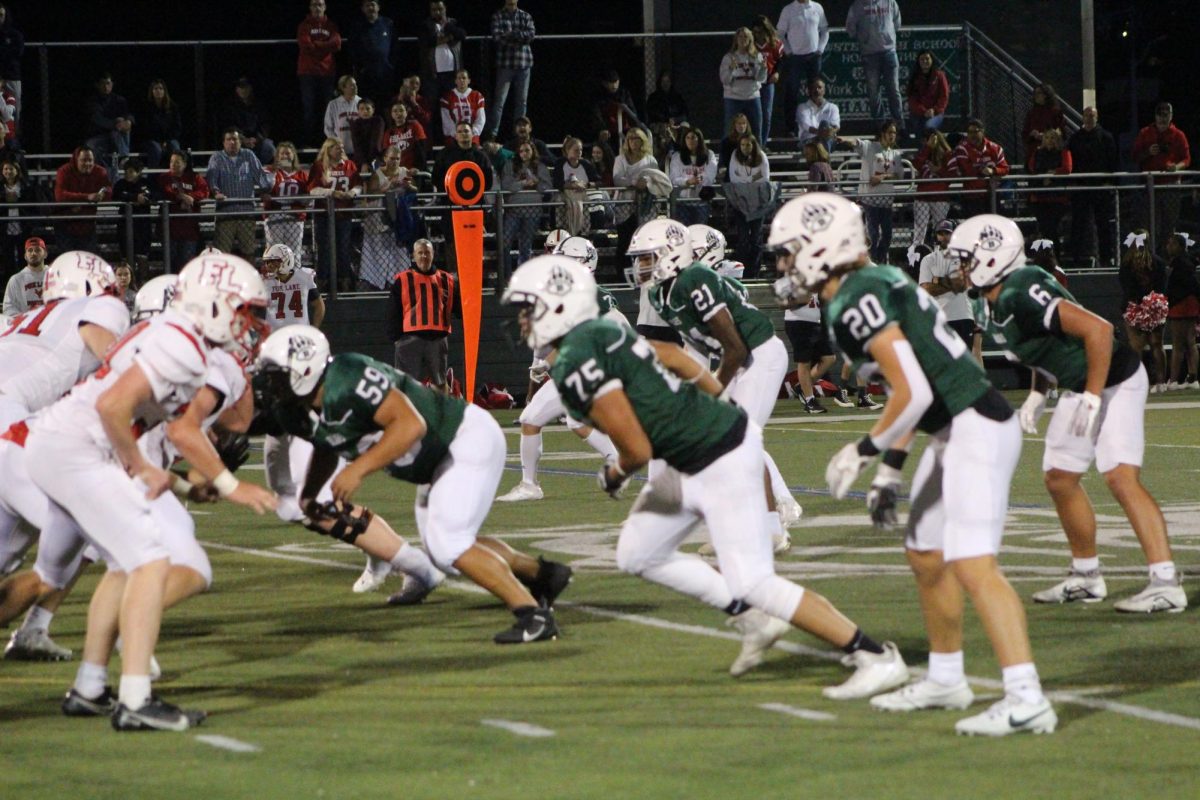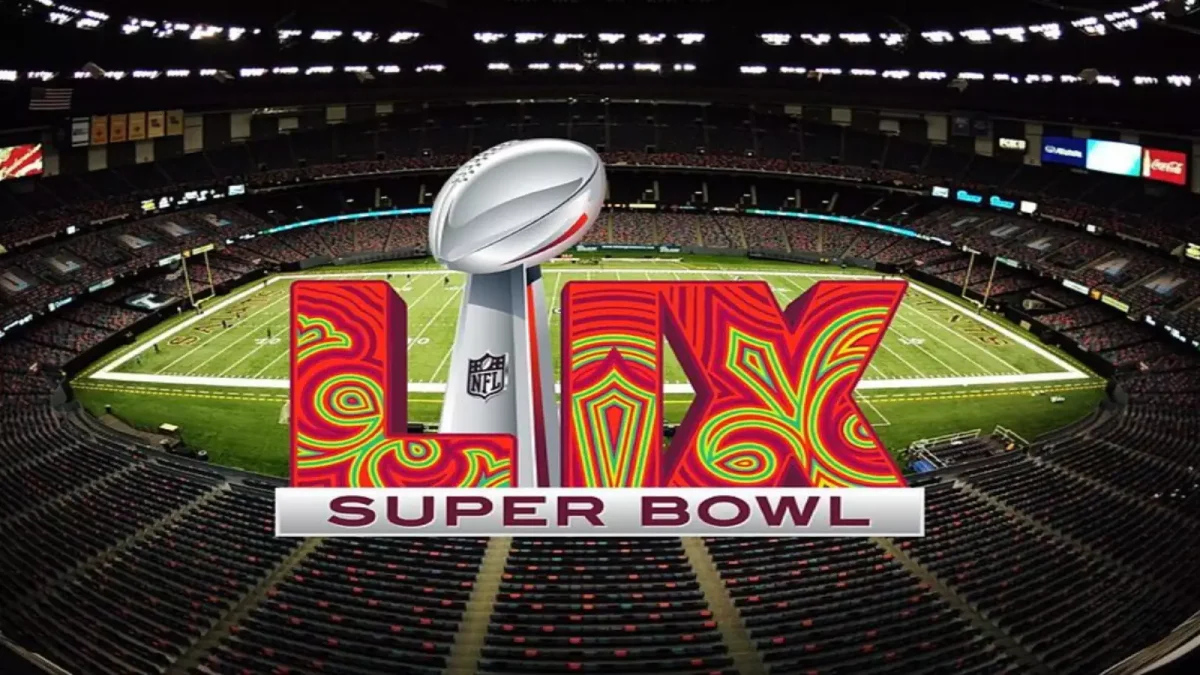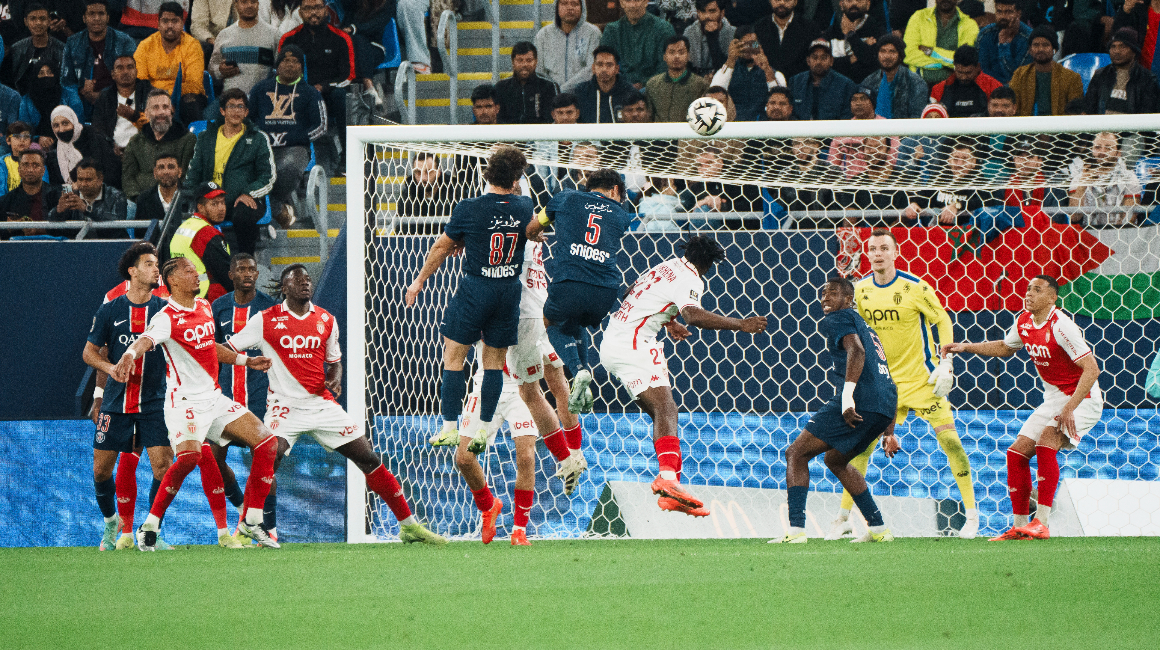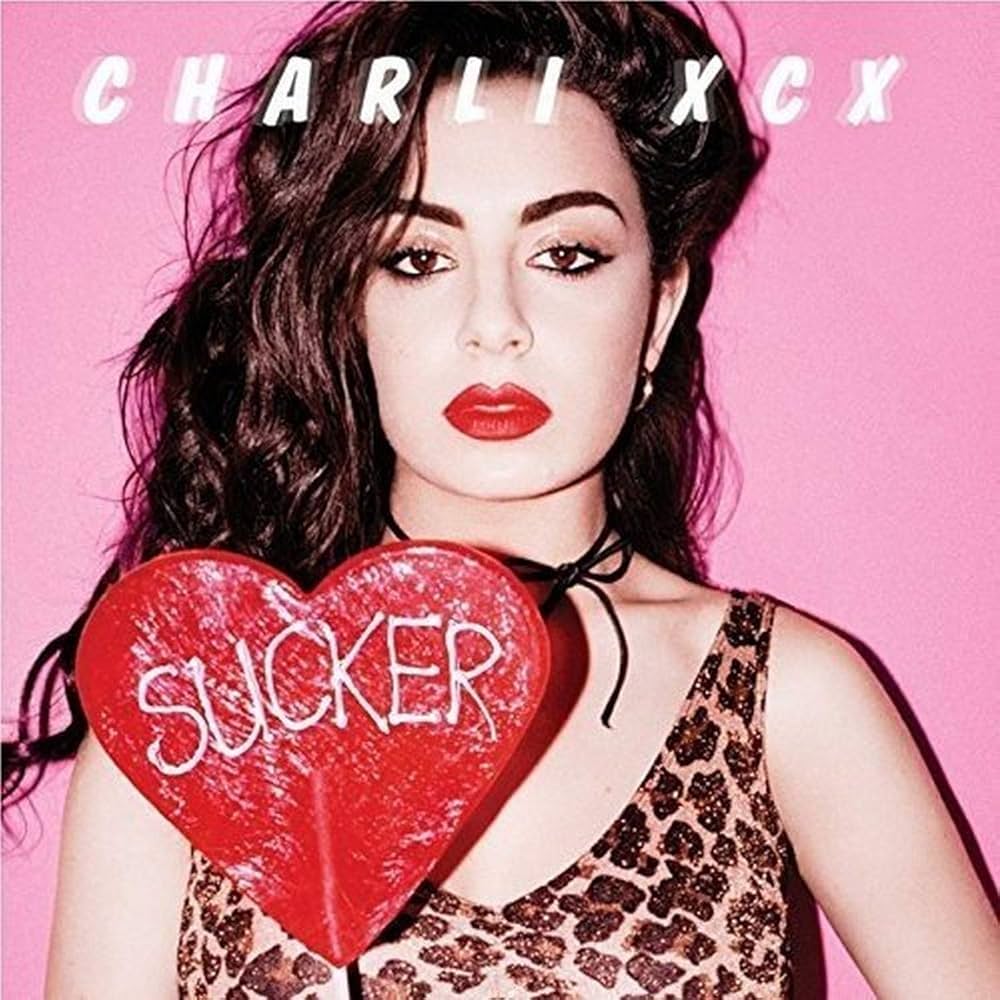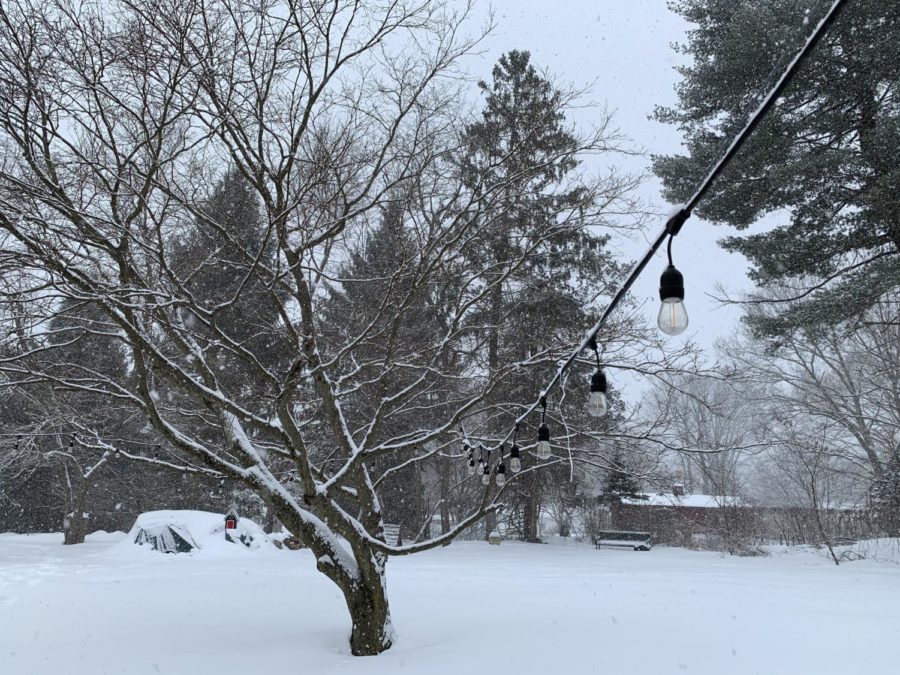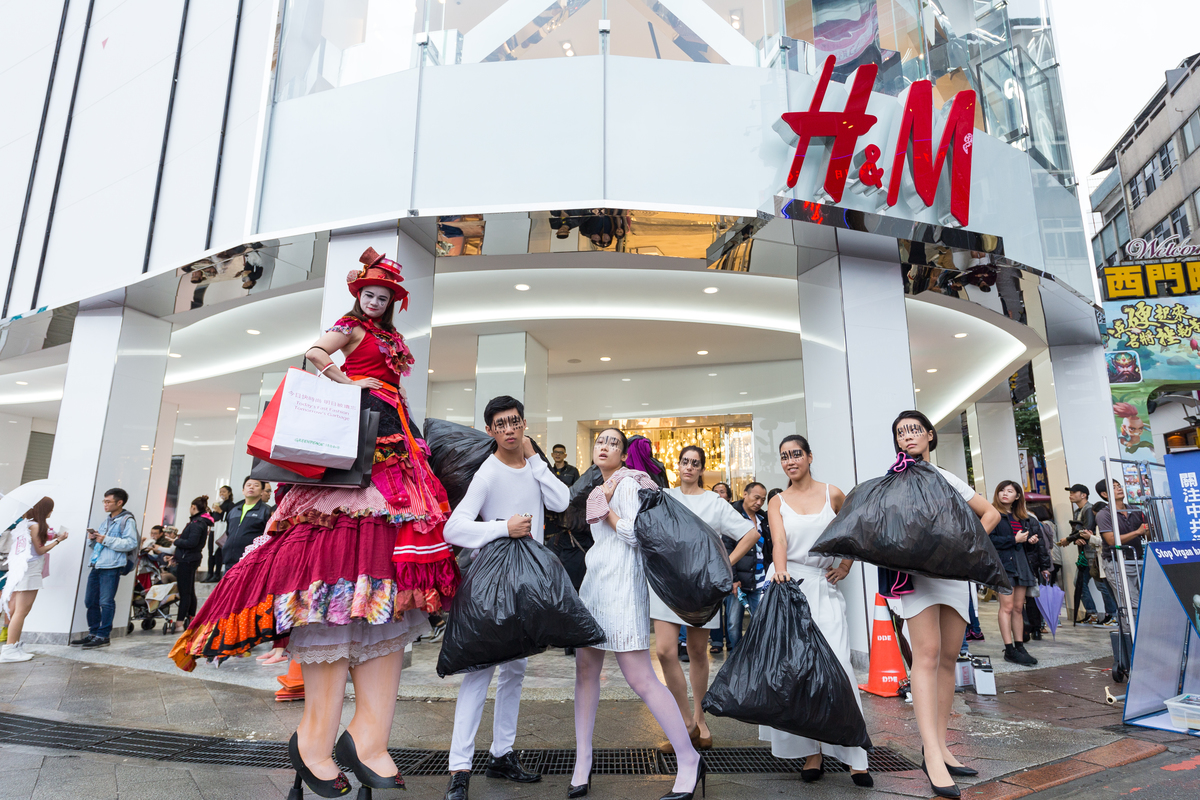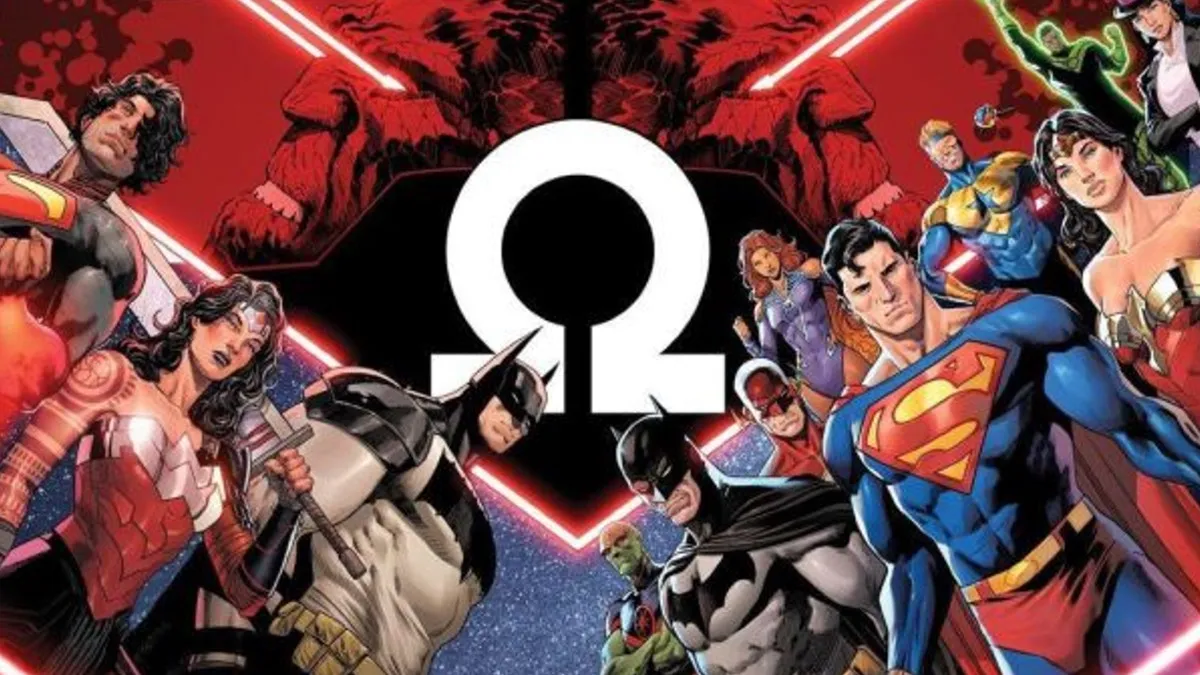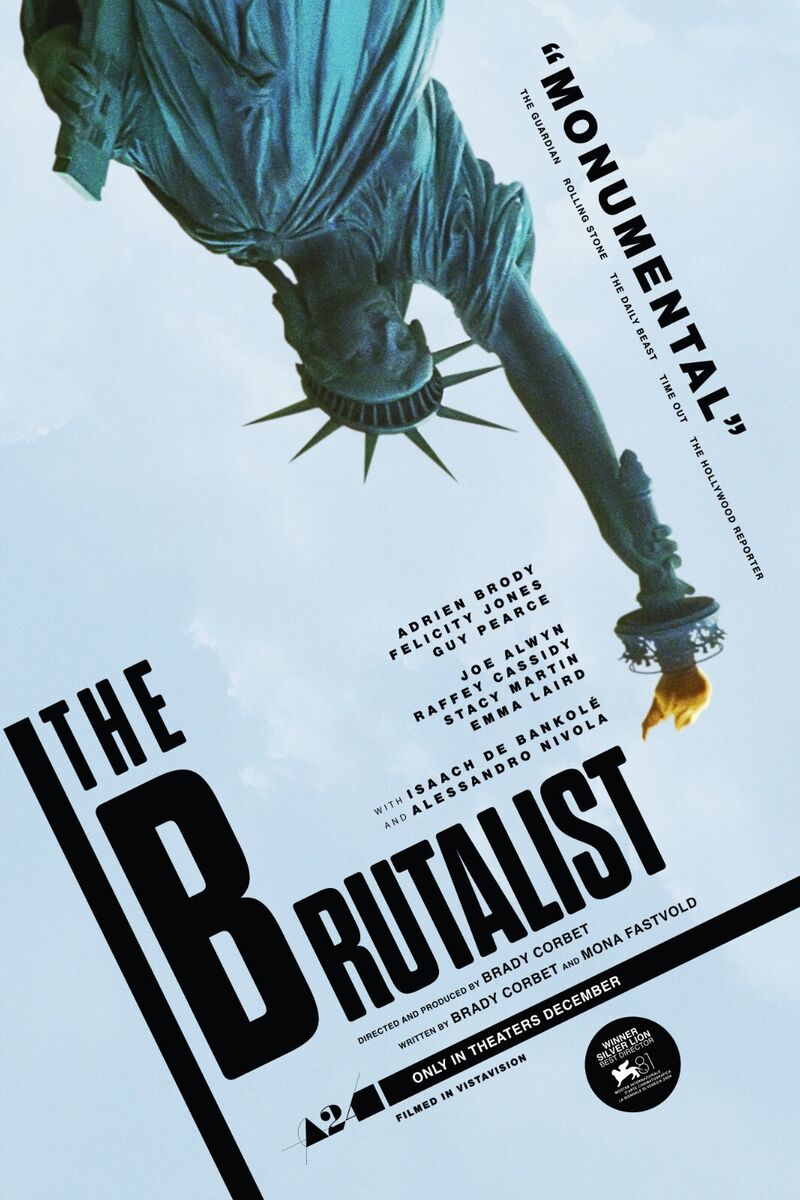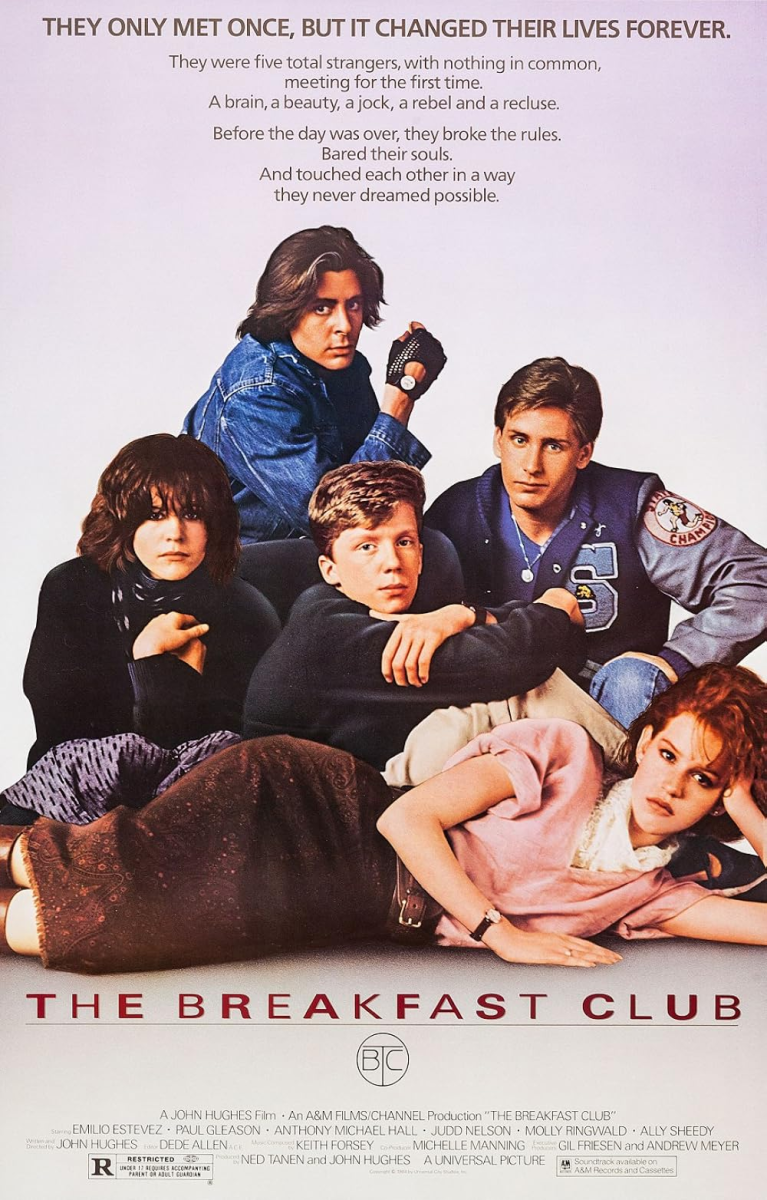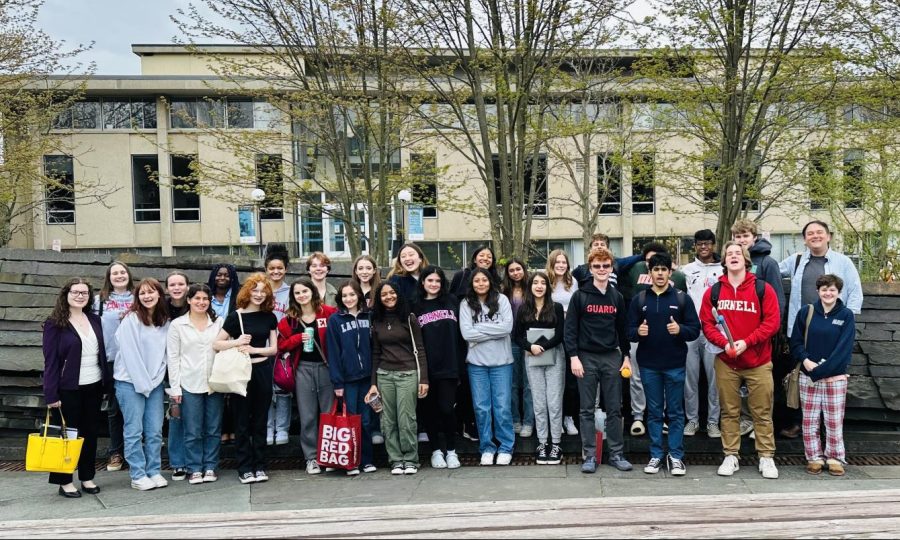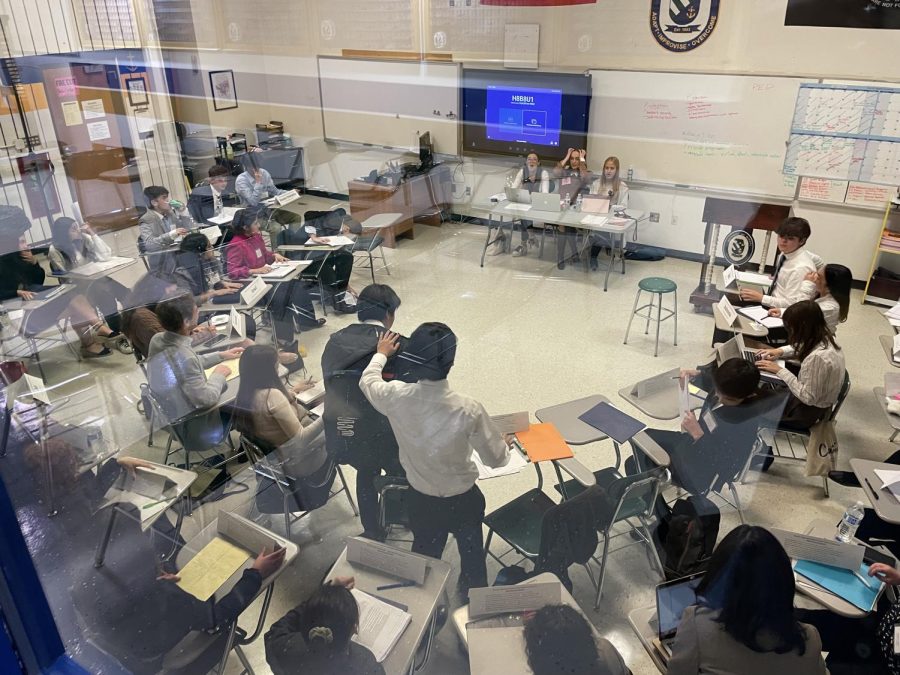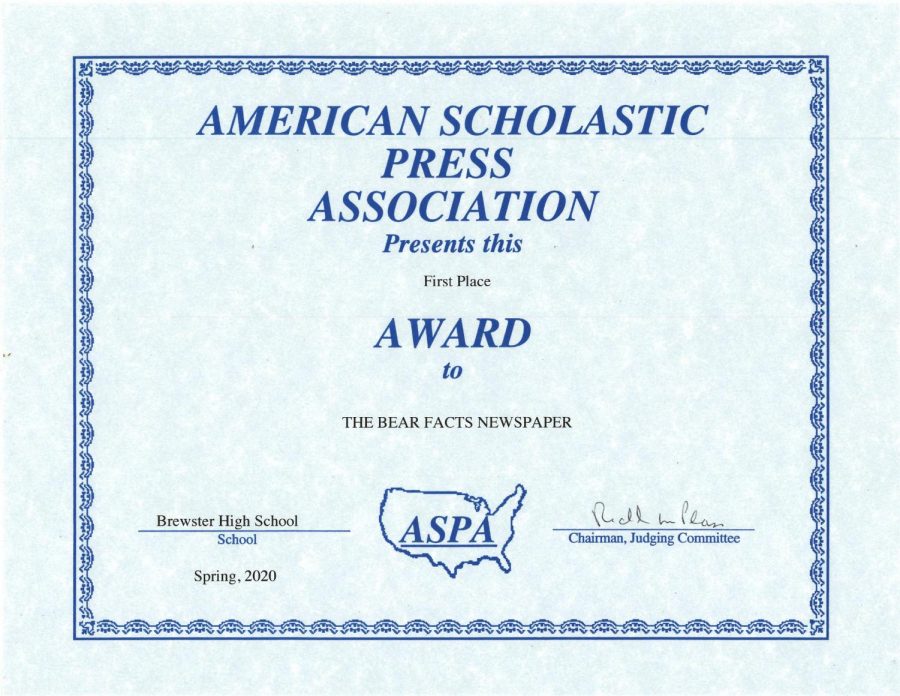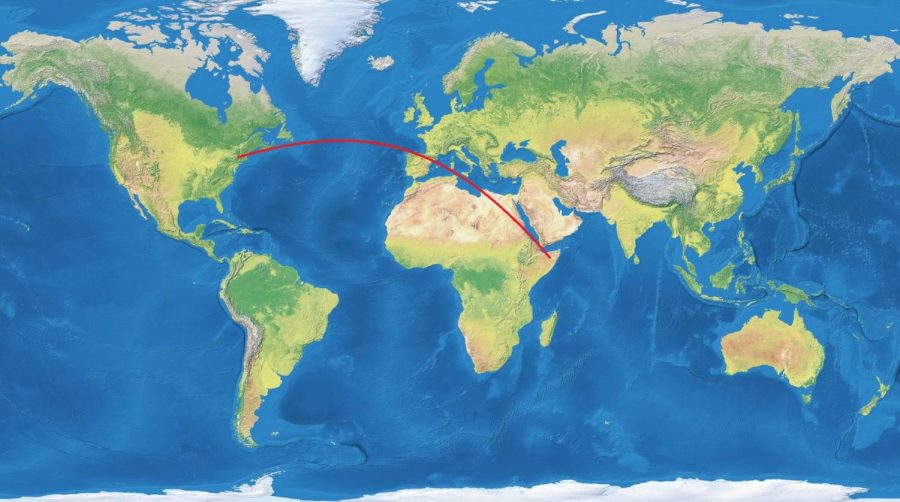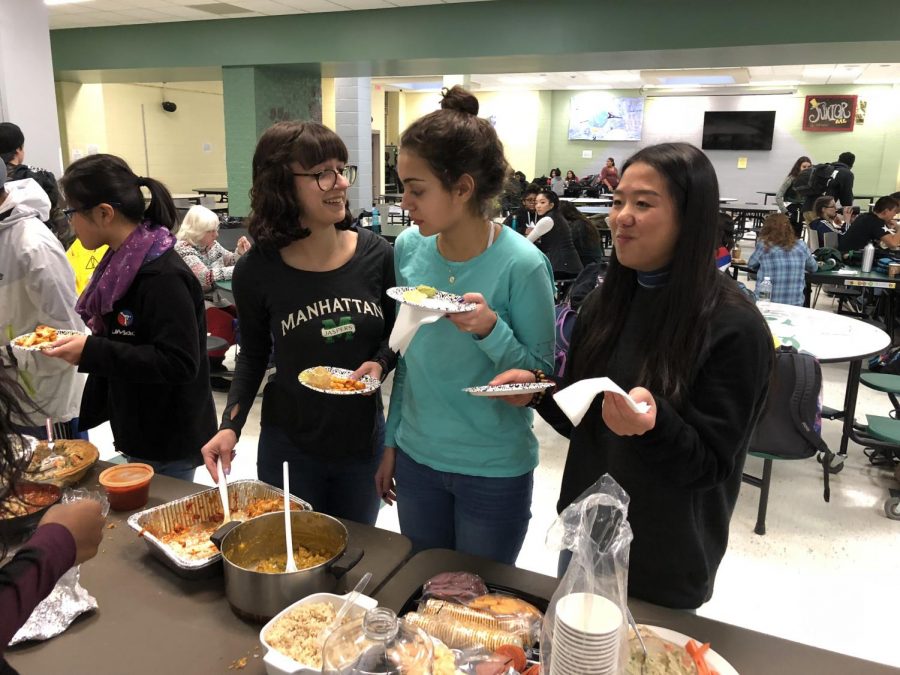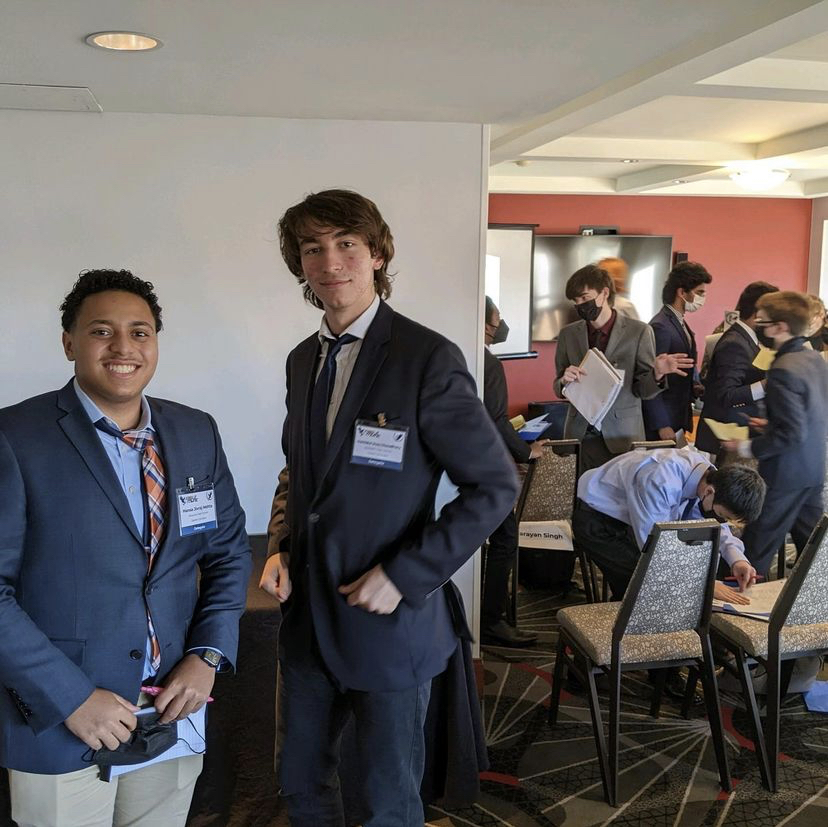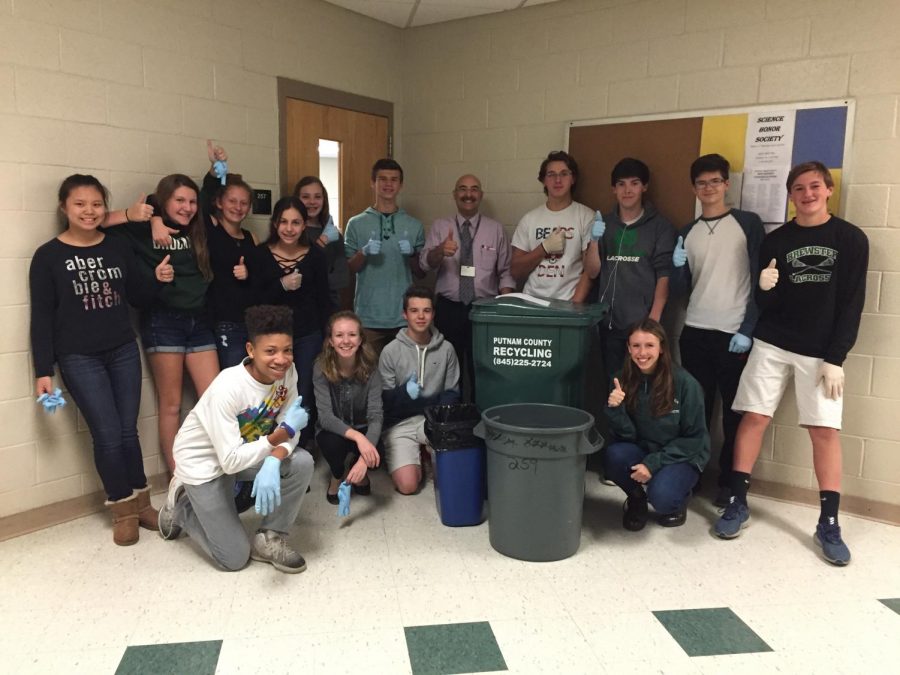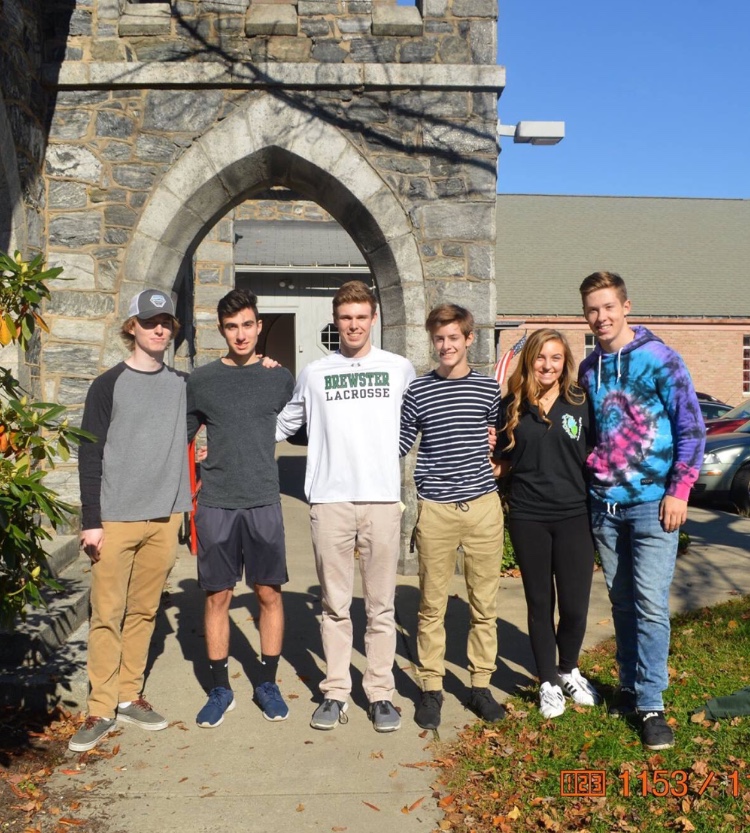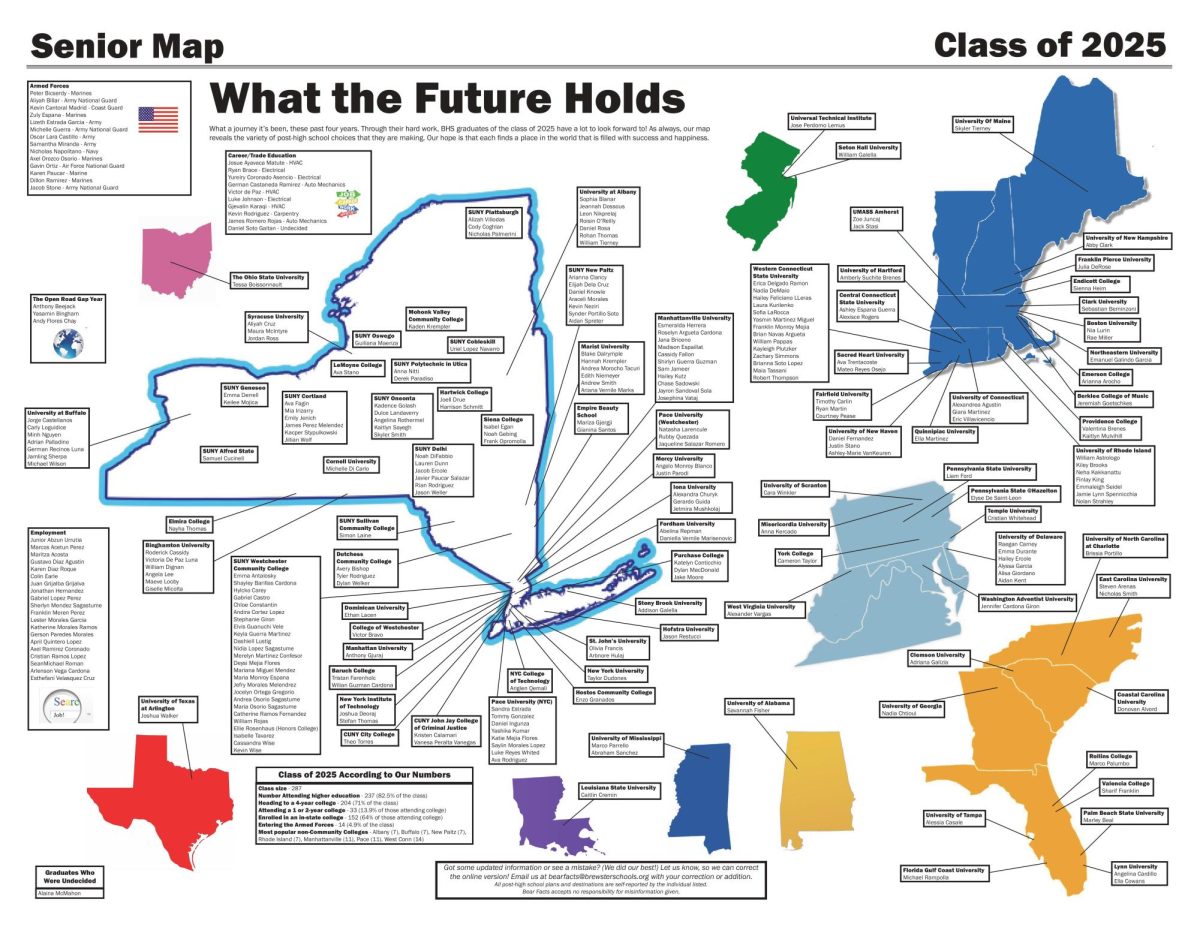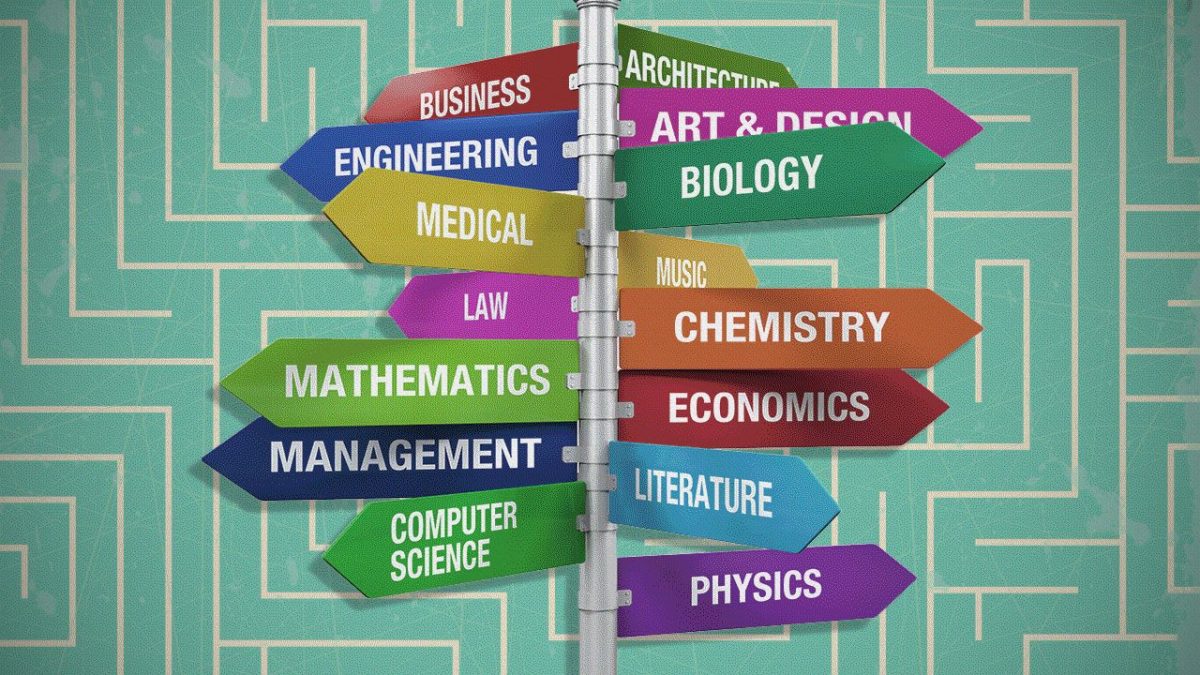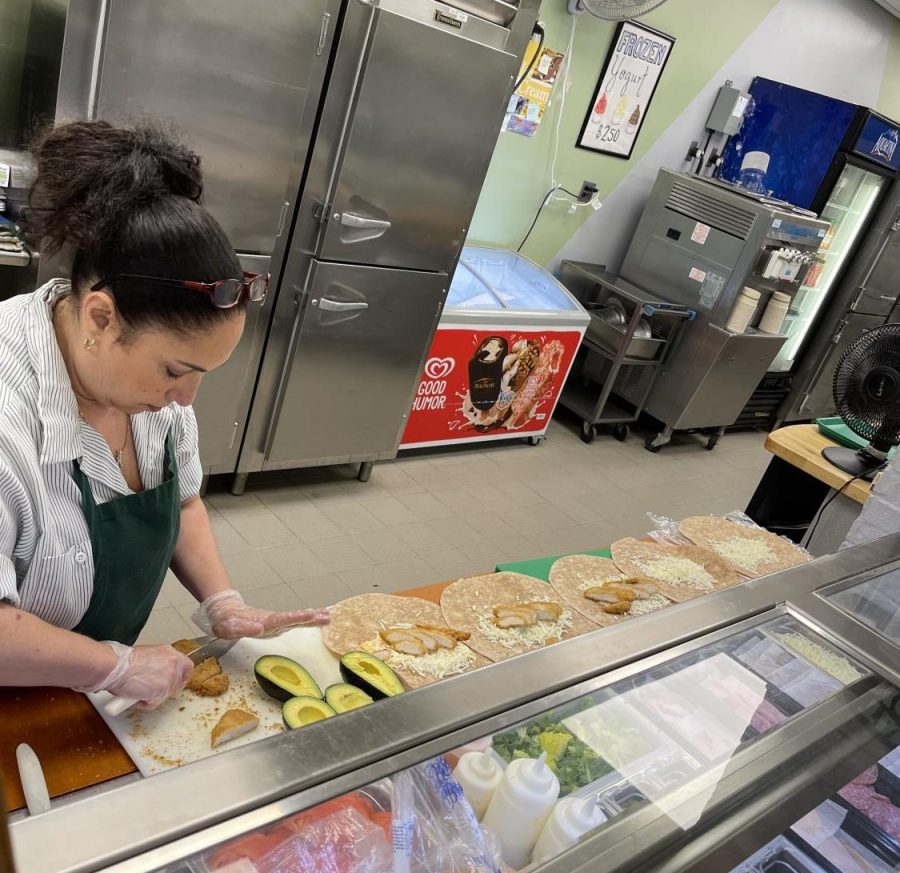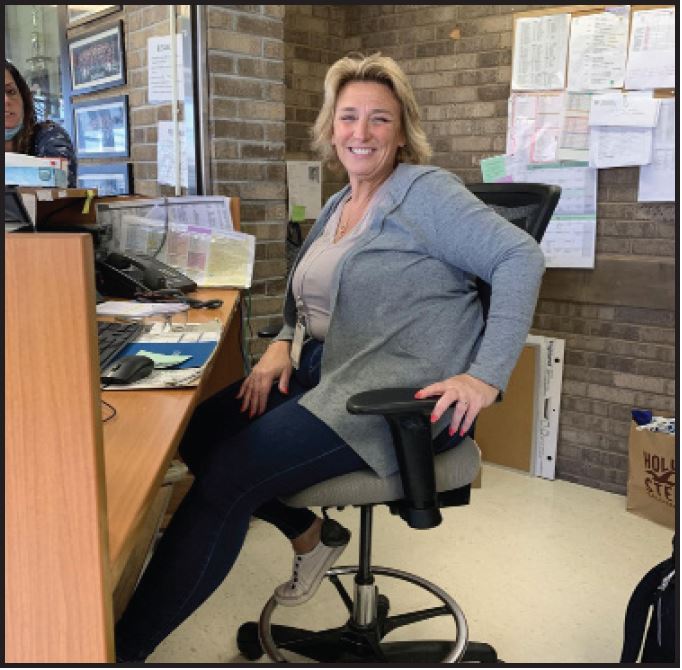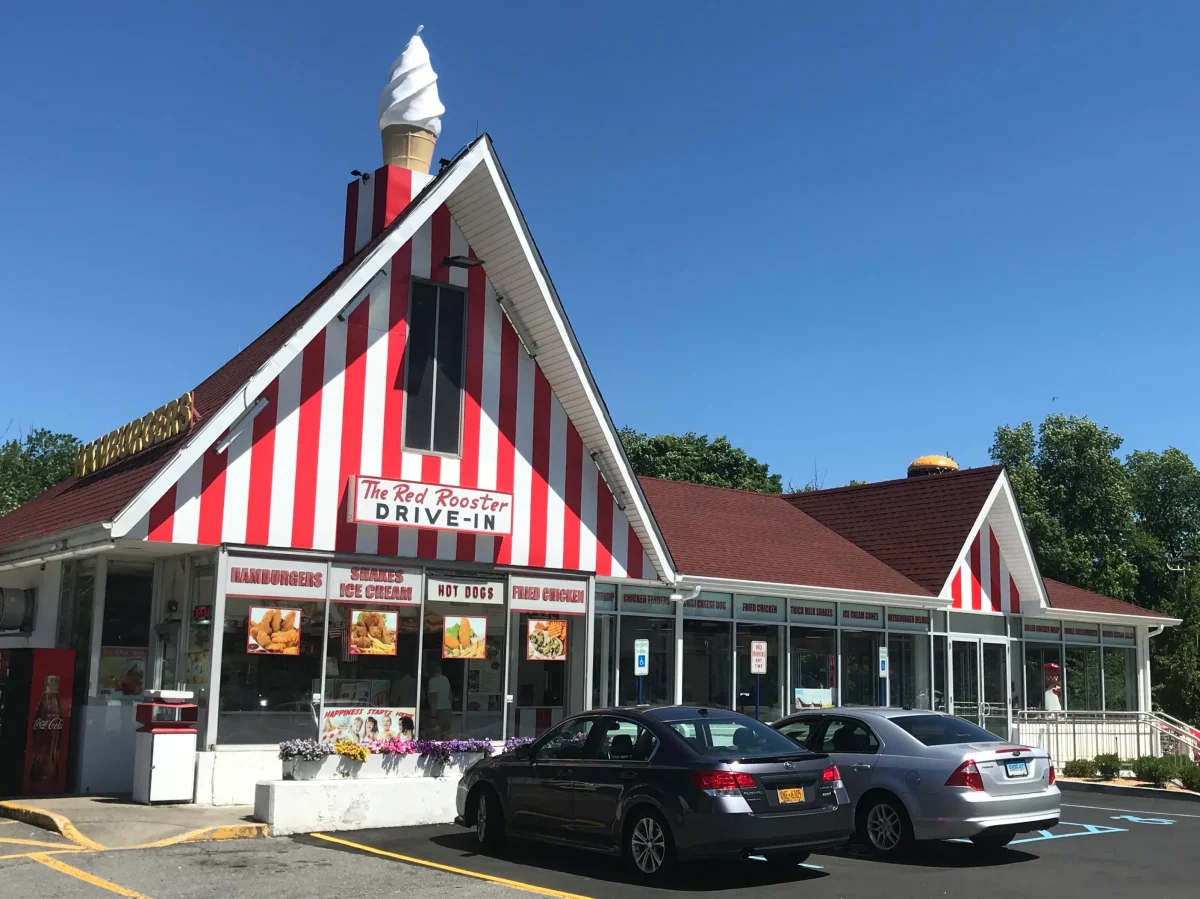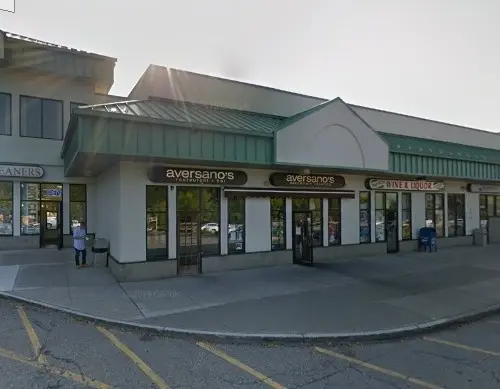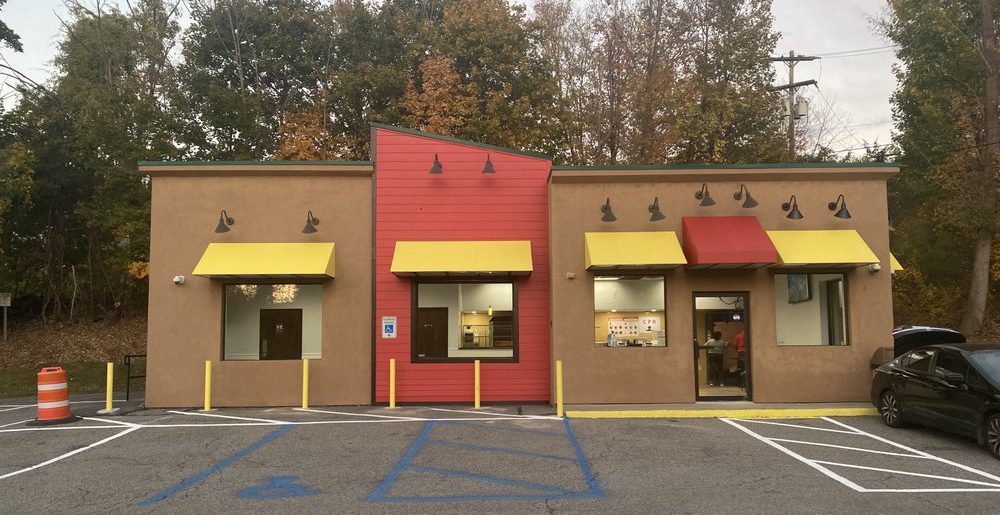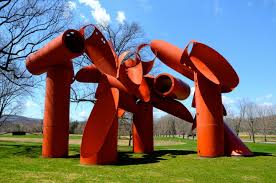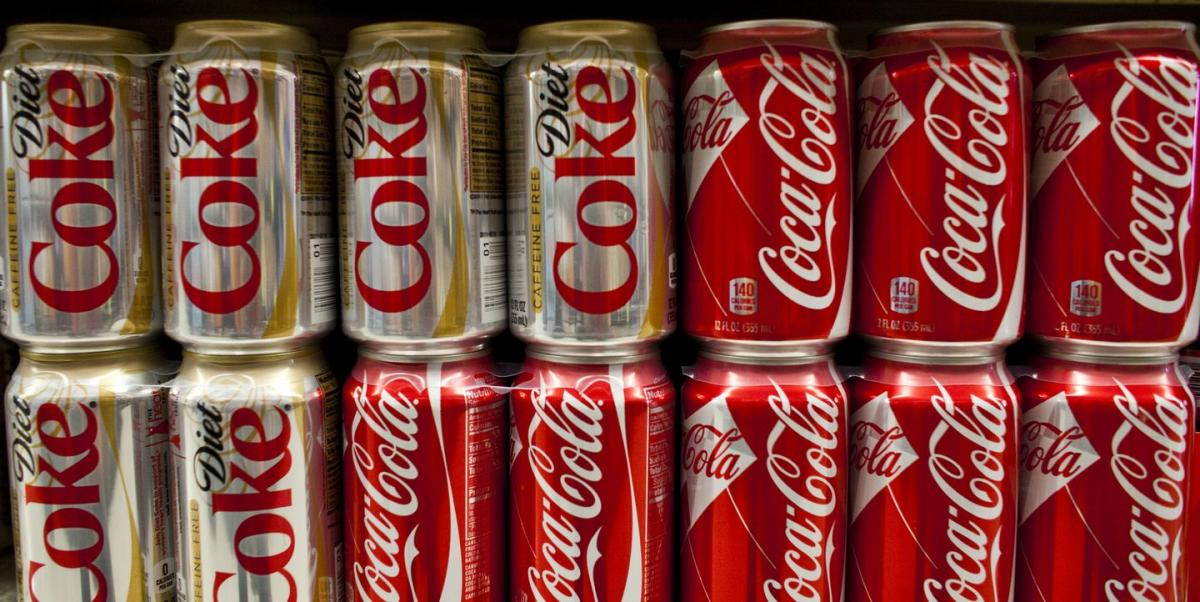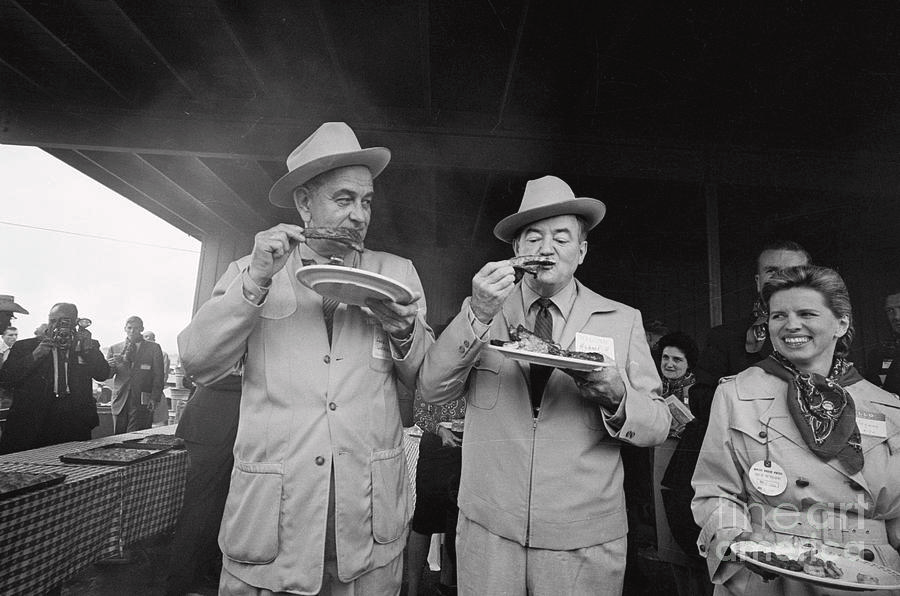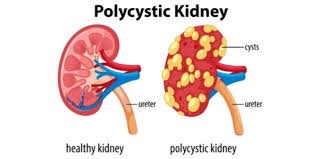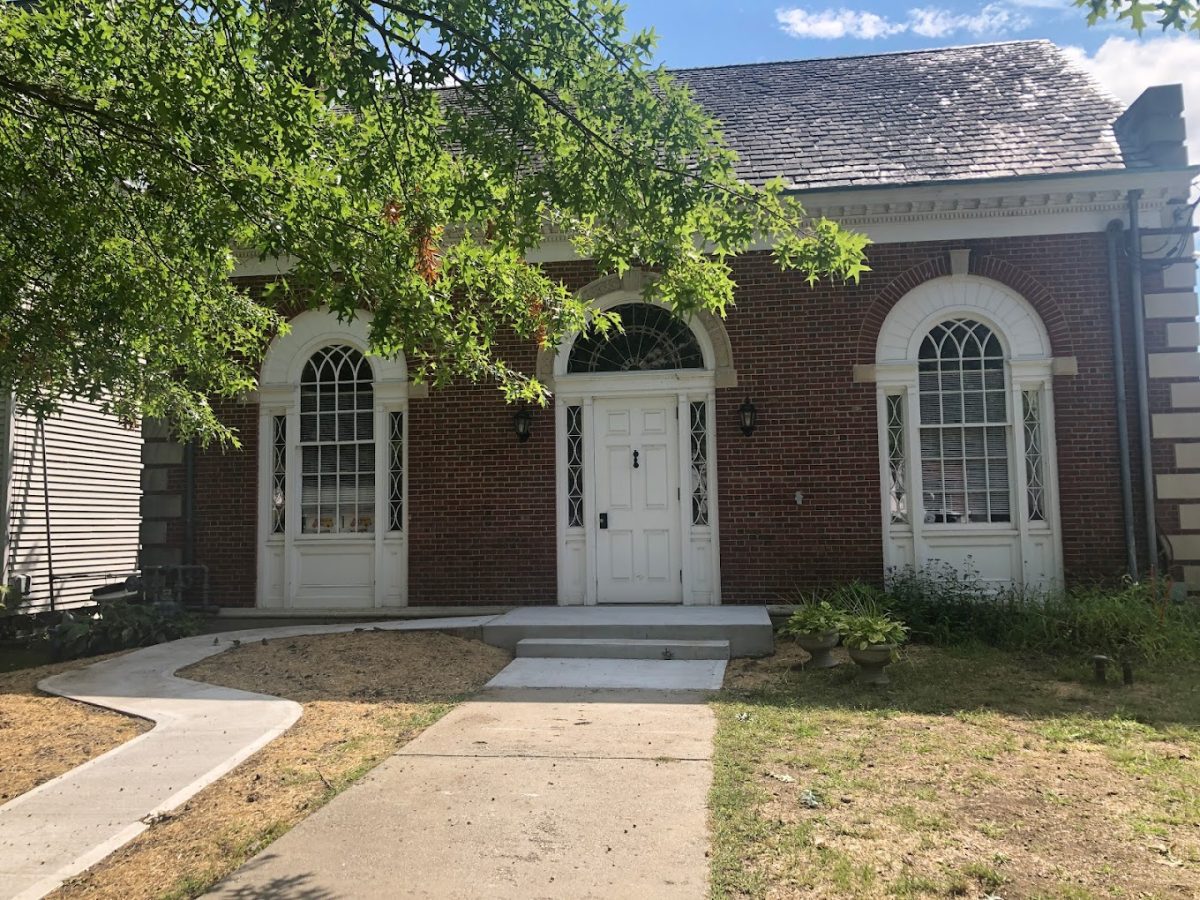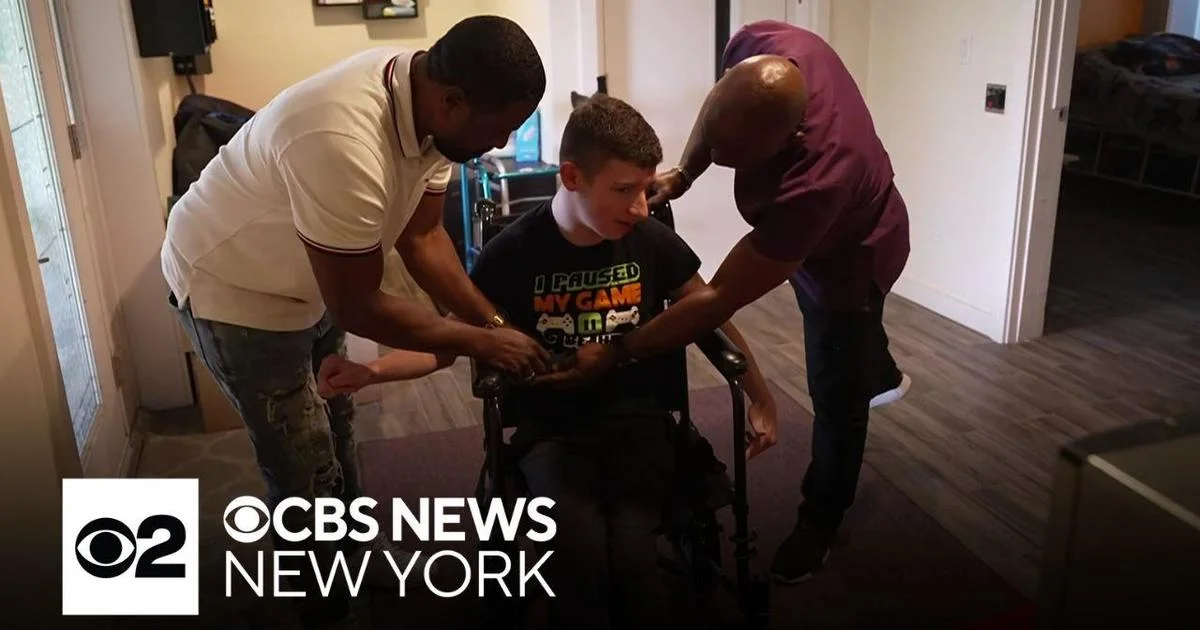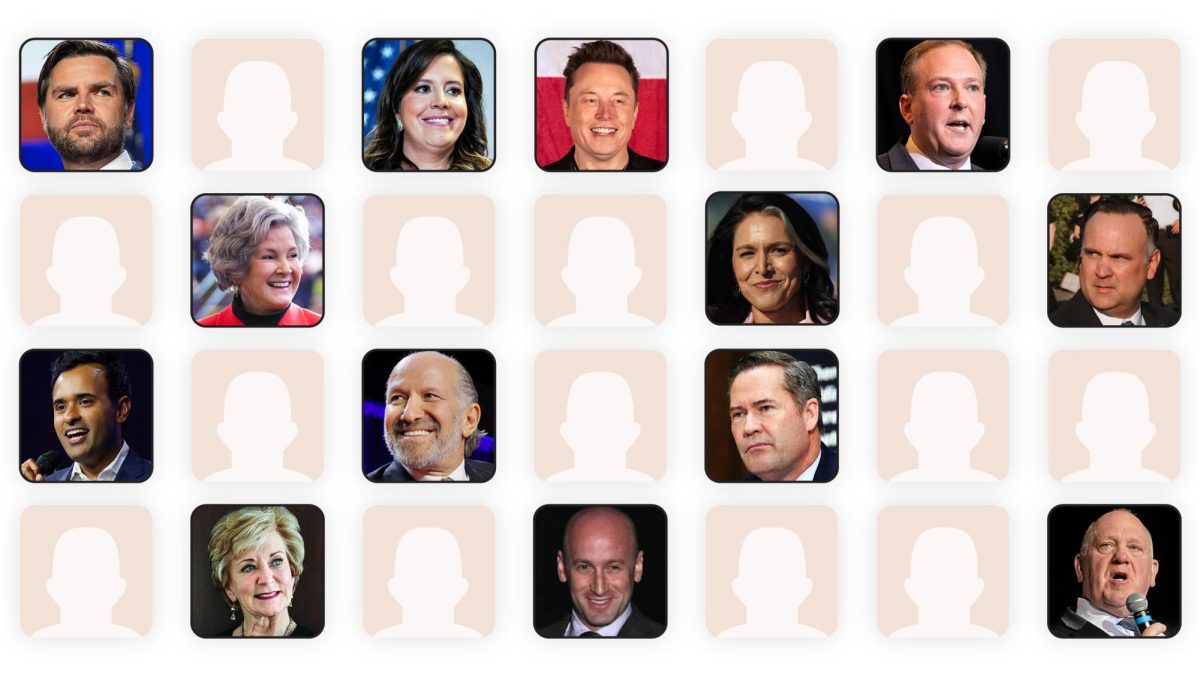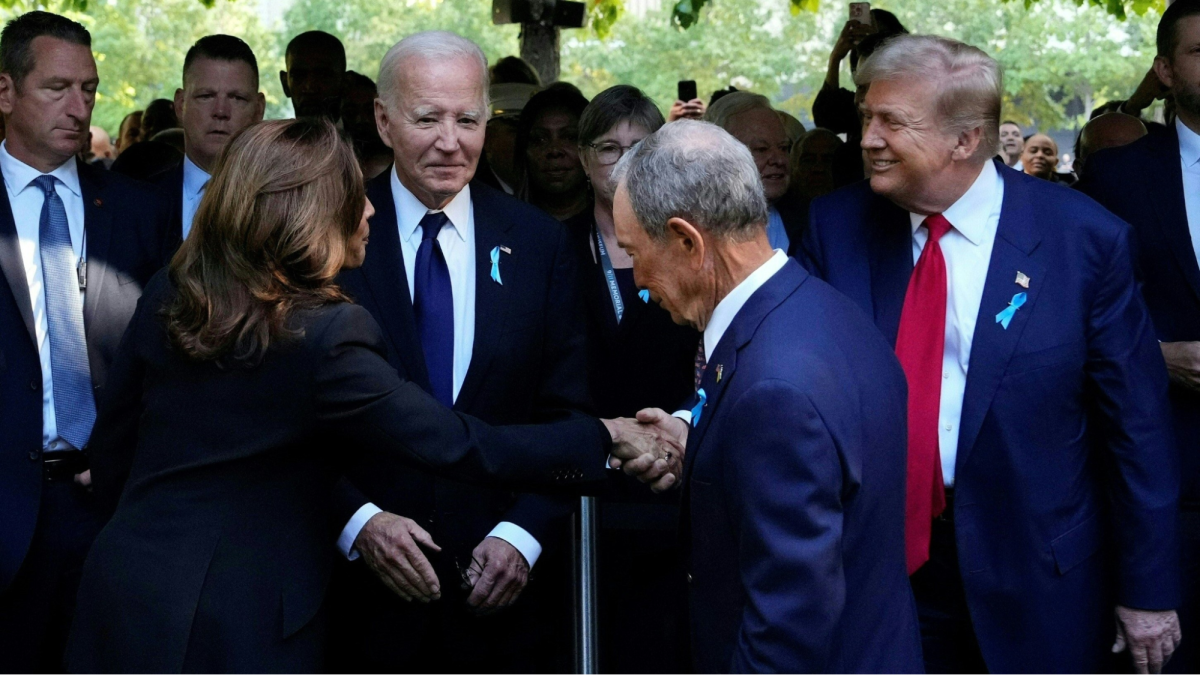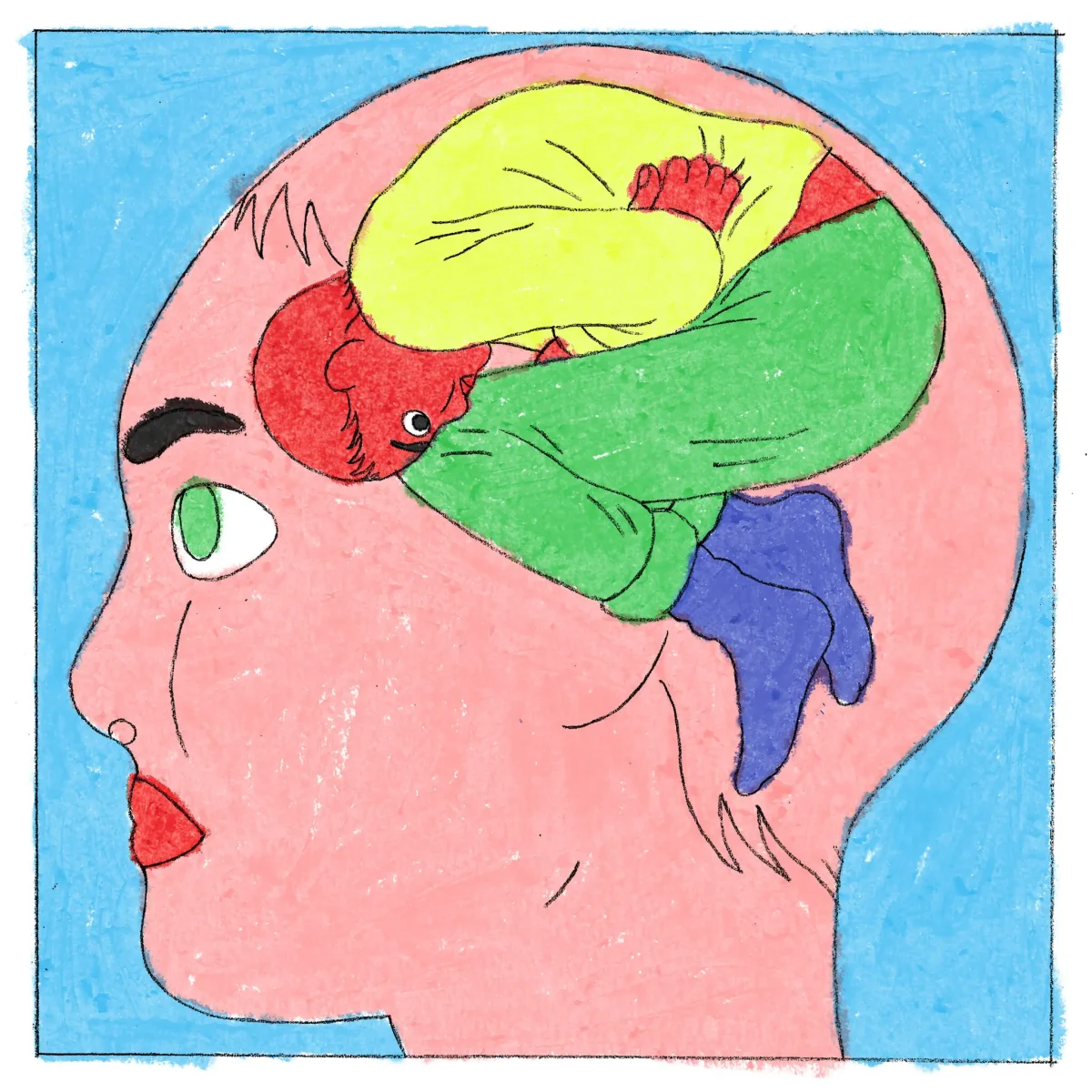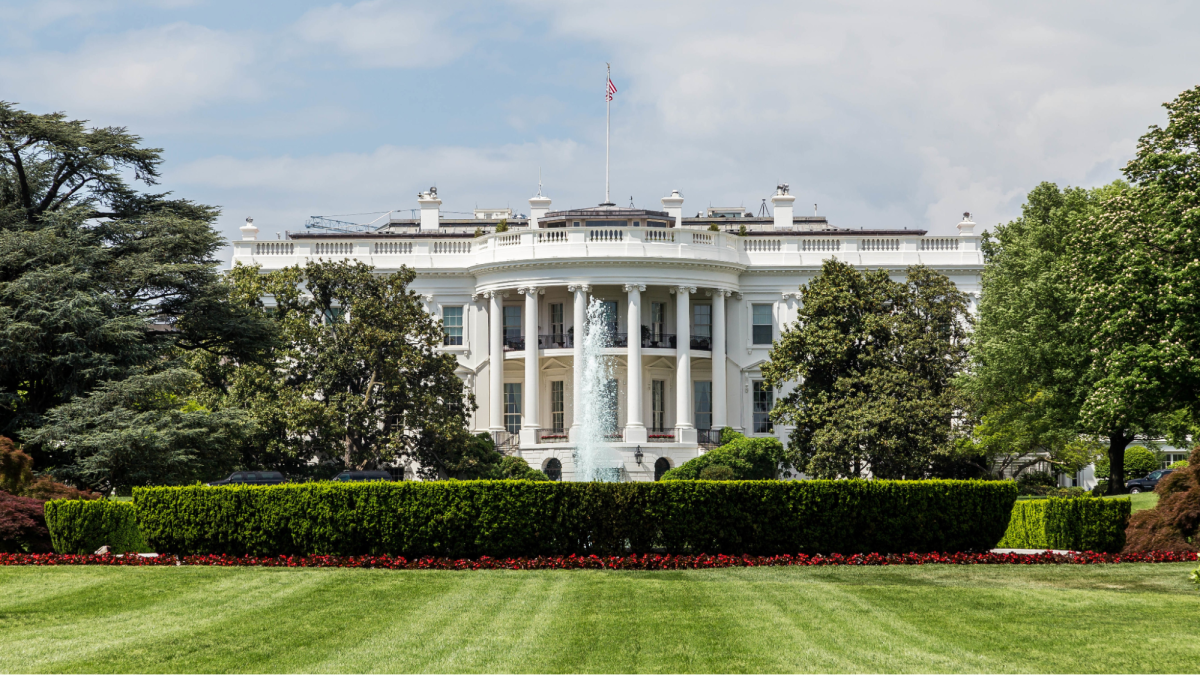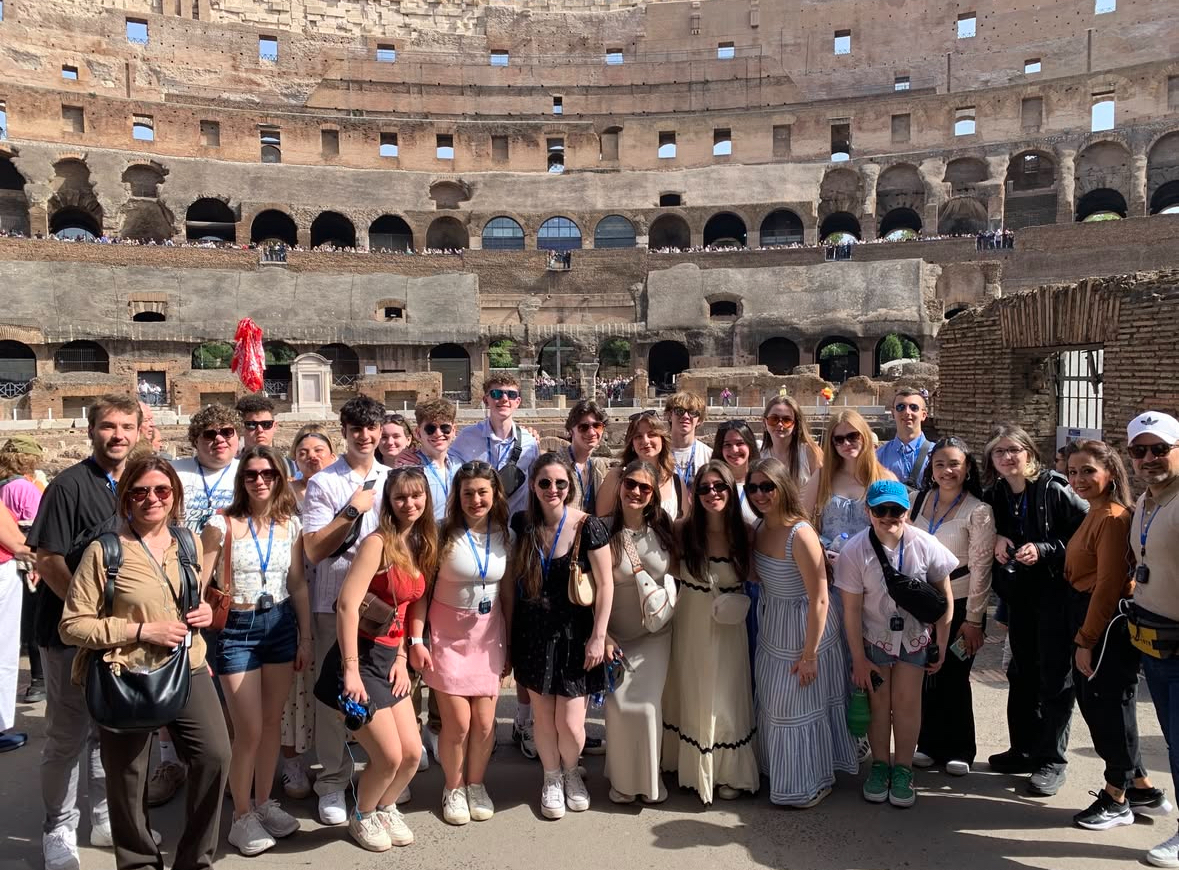Recently, New York City has implemented a congestion pricing toll under Governor Kathy Hochul. Congestion pricing was first mentioned by name in 2007 by then-Mayor Bloomberg, as a strategy designed to combat NYC’s notorious traffic congestion. This policy, which involves charging drivers a toll for entering south of 60th street, aims to reduce traffic, improve air quality, and generate revenue for much-needed transit improvements. For decades, New York has struggled with traffic issues alongside global cities such as London and Paris. Previous attempts to reduce congestion have proven largely ineffective, consistently failing to manage large numbers of vehicles. As the number of people who own cars continues to increase in America, the need for decisive action becomes increasingly urgent.
Under Governor Kathy Hochul, New York City’s congestion pricing plan is now a reality. This involves tolling vehicles entering Manhattan south of 60th Street, also known as the Central Business District or by the acronym “CBD.” The toll varies based on vehicle type and time of day, with passenger vehicles facing a $9.00 charge, small trucks $14.40, large trucks $21.60, motorcycles $4.50, taxi drivers $0.75, as well as app-based for-hire vehicles (like Uber) $1.50. The Metropolitan Transportation Authority (MTA) is responsible for administering this system, with the goal of incentivizing drivers to opt for public transit or travel during off-peak hours.
Supporters of congestion pricing, such as Governor Hochul, highlight its potential to streamline commutes, reduce pollution, and provide crucial funding for the MTA. Within one week of implementing the program, a shocking 7.5% decrease in traffic congestion was reported in key Manhattan areas. This reduction could translate to significant time savings for commuters and contribute to a healthier urban environment. The funds generated, totaling over $1 million so far, are set aside for reinvestment in public transportation, including improvements to subway and bus services.
Despite these potential benefits, congestion pricing has faced considerable opposition, especially with Trump and his administration. Commuters, particularly those who work in Manhattan, are burdened by the daily toll, which can accumulate to a substantial expense. Critics argue that the fees represent a cash grab by the city, placing excessive financial pressure on working-class individuals. Concerns about the allocation of funds also persist, with some questioning whether the increased revenue will effectively address pressing issues such as rising crime rates in the subway system. Additionally, the debates with federal funding have added a layer of complexity to this issue. The fee is being pitched as encouraging sustainable methods of transportation and relying less on private vehicles.
The Harlem Line, a vital commuter rail link operated by Metro-North, serves over 60 million passengers annually, connecting the northern suburbs of New York to Manhattan. Recent numbers indicate a 12% increase in ridership. While Harlem Line passengers who solely rely on the train may not directly pay the congestion toll, they are indirectly impacted by its implementation.
Firstly, the promised improvements to the MTA, funded by congestion pricing revenue, could enhance the nearby Harlem Line’s service quality. This could mean more frequent trains, modernized stations, and improved overall reliability. Secondly, potential traffic diversions could affect those who drive to Harlem Line stations. If drivers seeking to avoid Manhattan tolls redirect to other areas, traffic congestion near train stations could increase, making it more difficult to access them by car or bus. Thirdly, with an added toll in addition to rail fees, some drivers might shift completely to train travel, which will increase ridership.
Congestion pricing is a complex and controversial policy with many implications for New York City and its surrounding communities, including Putnam County. While it presents an opportunity to address long-standing traffic conditions and increase the use of public transit, it also introduces new financial burdens and potential logistical challenges. The impact on Harlem Line commuters, and the city as a whole, will depend on careful implementation and ongoing monitoring. As the debate continues, it is crucial to weigh the potential benefits against the challenges and strive for a balanced approach that serves the best interests of all New Yorkers.





